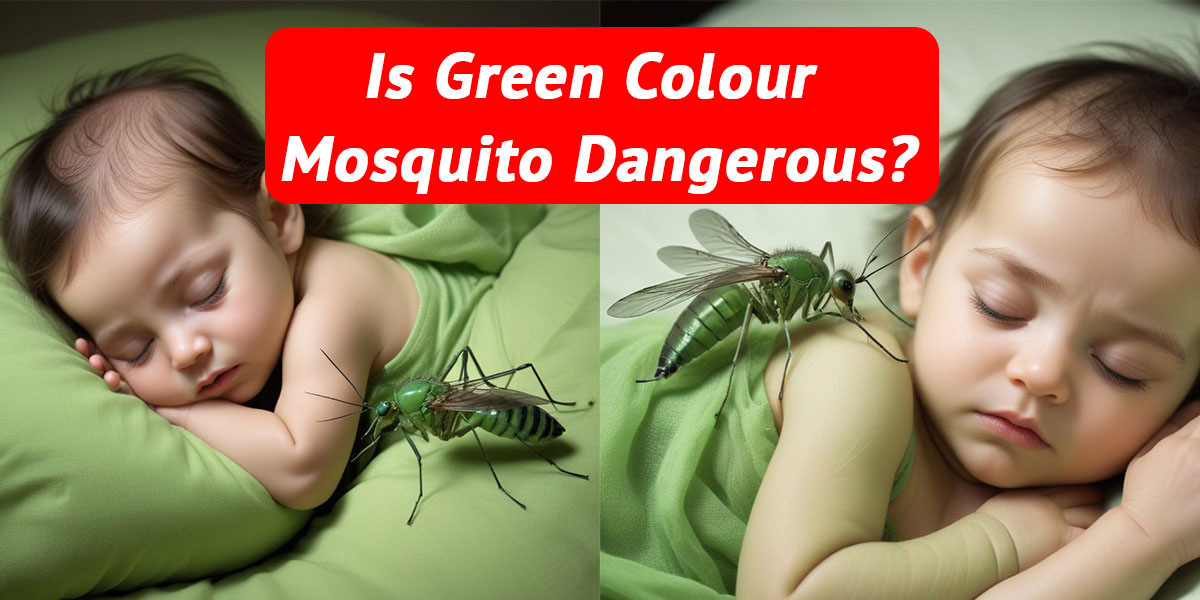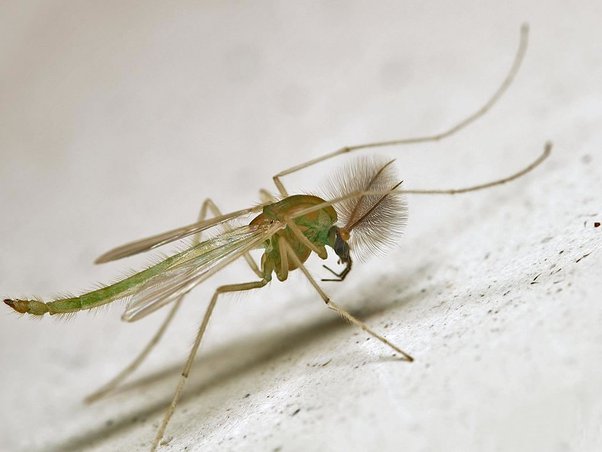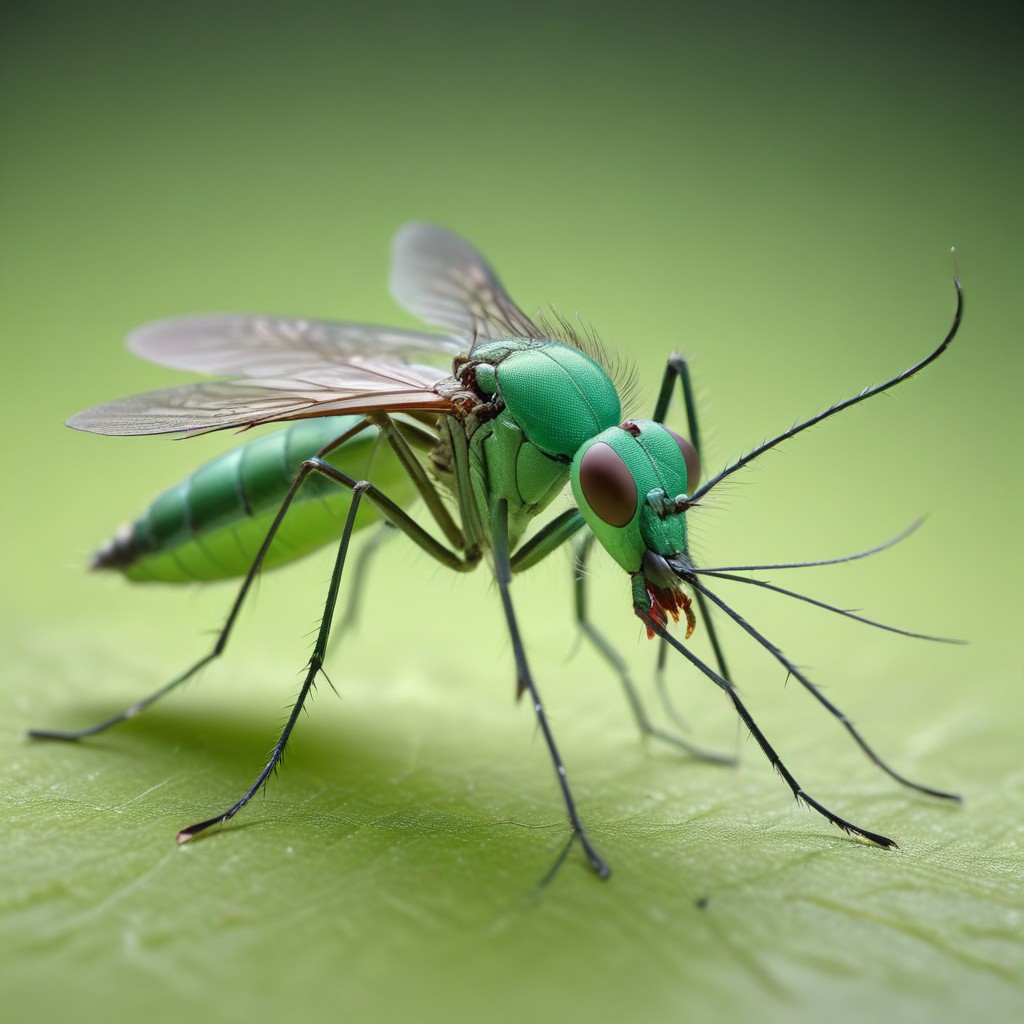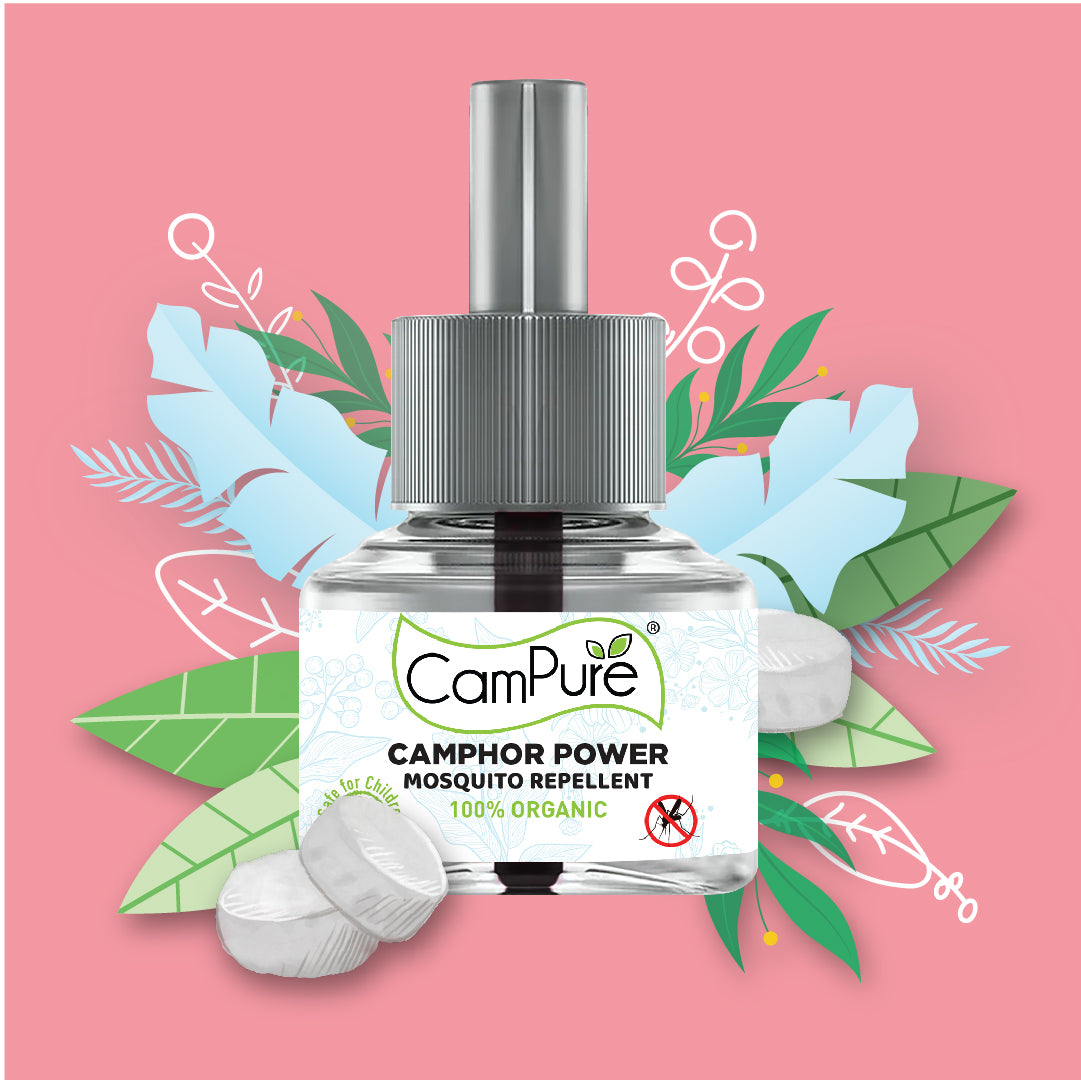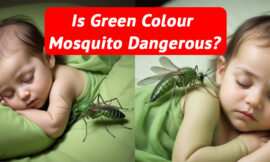Understanding Mosquito Attraction and Color
Mosquitoes are drawn to specific colors, but the color of the mosquito itself does not dictate its level of threat. In reality, green mosquitoes are not inherently harmful. Research indicates that these insects tend to be attracted to colors such as red, orange, black, and cyan, while they usually overlook shades like white, green, and blue.
This insight underscores that the risk associated with mosquitoes is more about their behavior and the diseases they carry rather than their coloration.

So, Is green color mosquito dangerous?
Green mosquitoes are not dangerous to humans. While mosquitoes can transmit diseases like Dengue, Malaria, and West Nile Virus, the color of the mosquito is not a factor in disease transmission.
To reduce the risk of mosquito-borne illnesses, it's important to take precautions such as:
- Using insect repellent, especially on exposed skin and clothing
- Wearing long sleeves and pants when possible
- Eliminating standing water around your home where mosquitoes breed
- Avoiding being outside at dawn and dusk when mosquitoes are most active
Certain colors like red, orange, black and cyan may attract mosquitoes more than others like green, blue and white. However, color alone is not enough to attract mosquitoes - they rely more on odors like carbon dioxide and heat to locate hosts.
While green mosquitoes are not a health concern, it's still wise to take precautions against all mosquitoes to prevent mosquito-borne diseases. Consulting with a mosquito control professional can also help reduce mosquito populations around your home.


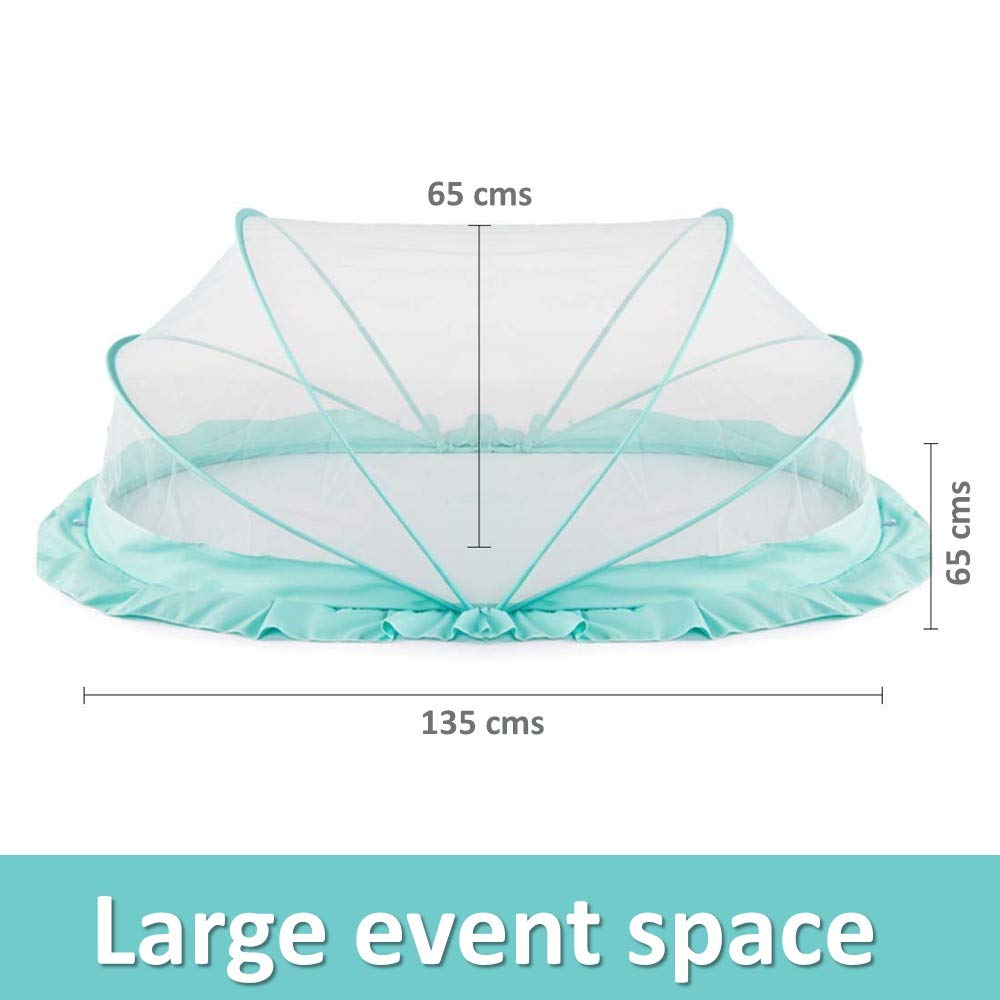
Potential Health Risks Associated with Green Mosquitoes
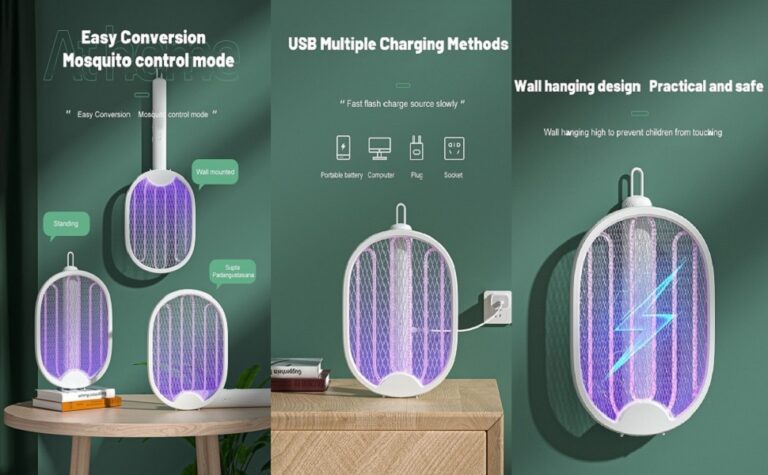
While green mosquitoes are not a recognized occurrence, neglected or algae-filled swimming pools can create significant health hazards. These stagnant pools serve as ideal breeding sites for mosquitoes, which can transmit serious diseases like West Nile virus and Eastern Equine Encephalitis.
Mosquito larvae thrive in murky water, and even one neglected pool can generate a substantial mosquito population, posing a risk to public health. It’s crucial to maintain clean and clear water in pools to prevent these health threats.
Controlling and Preventing Green Mosquitoes

Green mosquito control employs environmentally friendly strategies to manage and reduce mosquito populations. These strategies often utilize natural products derived from plants and flowers, alongside efforts to identify and remove potential mosquito breeding and resting areas.
Key components of green mosquito control include the application of larvicides and adulticides, as well as measures to eliminate stagnant water, which serves as a breeding ground for mosquitoes. Eco-friendly products commonly used in these methods are sourced from plants such as lemongrass, citronella, eucalyptus, and marigold.
Maintaining swimming pools is also critical in preventing mosquito reproduction. The introduction of mosquito fish and bacterial larvicides can effectively control mosquito larvae in pools that are either green or neglected.
Neglected pools can significantly increase health risks, as they provide ideal conditions for mosquitoes that transmit diseases like West Nile virus and Eastern Equine Encephalitis. Therefore, regular pool maintenance and the adoption of eco-friendly mosquito control methods are essential to mitigate the health hazards associated with mosquito populations.
Conclusion
In summary, the hue of a mosquito, such as green, is not an indicator of its threat level. The emphasis should be placed on comprehending and tackling the elements that lead to the transmission of diseases carried by mosquitoes. By remaining knowledgeable and taking preventive measures, you can minimize the likelihood of mosquito bites and the health risks they pose.

